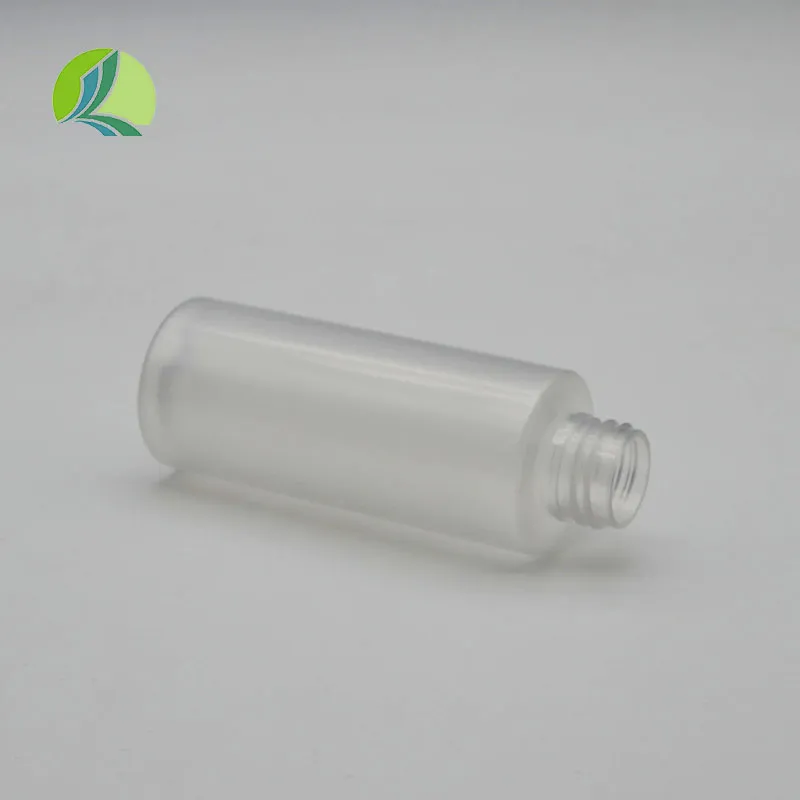Innovative Design Concept for Eco-Friendly Plastic Bottle to Reduce Environmental Impact and Enhance Functionality
Innovative Design of New Plastic Bottles A Sustainable Future
In recent years, environmental concerns have become paramount, prompting industries across the globe to rethink their materials and production processes. The plastic bottle industry, often criticized for its impact on the environment, is undergoing a transformative change, focusing on innovative designs that prioritize sustainability and functionality. The development of new plastic bottles not only addresses ecological challenges but also enhances user experience and branding opportunities for companies.
One of the most significant trends in the redesign of plastic bottles is the use of biodegradable and renewable materials. Traditional plastic bottles are made from petroleum-based products, which contribute to pollution and the depletion of natural resources. In response, manufacturers are exploring bioplastics derived from plant materials, such as cornstarch or sugarcane. These new materials break down more easily in the environment, reducing the burden on landfills and oceans.
Innovative Design of New Plastic Bottles A Sustainable Future
Recyclability is another crucial element in the redesign of plastic bottles. Companies are increasingly adopting a closed-loop system where bottles are designed to be easily recycled and reused. Labels are being made from materials that can be removed effortlessly during the recycling process, and manufacturers are using single resin types to ensure that the bottles can be recycled without contamination. Furthermore, educational campaigns are being introduced to encourage consumers to recycle properly, enhancing the overall effectiveness of sustainability efforts.
new plastic bottle design

Another innovative feature in the new plastic bottle design is the incorporation of smart technology. Some companies are integrating QR codes and NFC technology into their packaging, allowing consumers to access information about the product's sustainability credentials, ingredients, and recycling instructions. This not only enhances consumer engagement but also builds brand loyalty by fostering a transparent relationship between the company and the consumer.
The aesthetic aspect of plastic bottle design has not been overlooked. A focus on sleek, modern, and eye-catching designs is critical in a heavily saturated market. Unique shapes, vibrant colors, and innovative closures can significantly influence consumer purchasing decisions. The new designs often reflect a brand's commitment to sustainability, with eco-friendly symbols and messages printed on the bottles, appealing to environmentally conscious consumers.
Lastly, the adoption of circular economy principles is reshaping the plastic bottle industry. Some companies are implementing take-back programs, encouraging consumers to return their used bottles for reuse or recycling. This not only promotes responsible consumption but also turns waste into a resource, further supporting environmental sustainability.
In conclusion, the redesign and innovation of plastic bottles represent a crucial step toward a more sustainable future. By focusing on biodegradable materials, minimizing waste, enhancing recyclability, integrating smart technology, and embracing aesthetic appeal, the industry is responding to the pressing environmental challenges of our time. As consumers become increasingly aware of their impact on the planet, companies that prioritize sustainable practices in their packaging designs will not only contribute to global efforts to reduce plastic waste but will also secure their position in a competitive market. The future of plastic bottles is bright, as it embodies a commitment to innovation, sustainability, and consumer engagement.
-
Aesthetic Makeup Spray Bottles | Fine Mist Empty RefillableNewsAug.19,2025
-
White Plastic Veterinary Vaccine Vials | Lab Liquid BottlesNewsAug.18,2025
-
Plastic Medicine Liquid Bottle: Secure Flip Top Drug VialsNewsAug.17,2025
-
Durable 250ml Blue Plastic Vaccine Vial for Lab & Vet UseNewsAug.16,2025
-
Sterile Virus Sample Tubes: Secure & Reliable Specimen CollectionNewsAug.15,2025
-
White 250ml Plastic Vaccine Vial for Lab & Vet MedicineNewsAug.14,2025
























